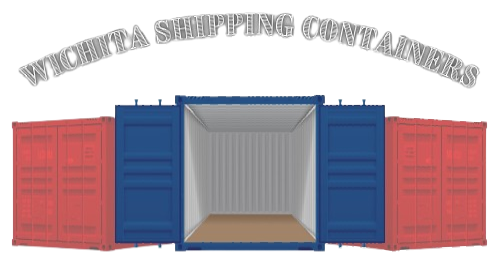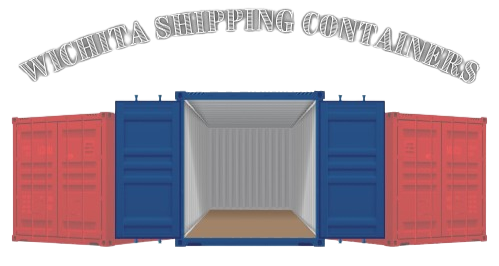The Environmental Benefits of Reusing Shipping Containers
Discover how repurposing shipping containers can revolutionize eco-friendly construction.
Introduction:
In today’s construction world, sustainability is no longer just an ideal; it's a necessary pursuit to safeguard our environment. Among the innovative solutions emerging, repurposing shipping containers for building projects stands out. Originally designed for transporting goods globally, these steel structures are finding a second life as functional components of modern architecture. This blog explores how they contribute to sustainable building practices.
Reducing Waste:
The construction sector is notoriously resource-intensive, consuming vast amounts of raw materials that contribute to environmental degradation. However, by integrating used shipping containers into building designs, we substantially reduce the reliance on new resources. Each container reused saves roughly 3,500kg of steel, and helps mitigate the environmental impact associated with the production of building materials. Moreover, reusing containers diverts these sizable structures from landfills, contributing to waste reduction on a significant scale.
Energy Efficiency:
Shipping containers are primarily made of steel, which possesses excellent thermal properties when properly insulated. Retrofitting containers with high-quality insulation materials and incorporating green building designs can create energy-efficient homes and buildings that require less energy for heating and cooling. This reduction in energy use is not only beneficial for the environment but also economically advantageous for occupants by lowering utility bills.
Longevity and Durability:
One of the most compelling arguments for using shipping containers in construction is their durability. Built to endure harsh maritime conditions, containers are robust and resistant to many of the challenges traditional building materials face, such as rot, mold, and pests. Their longevity means less frequent need for repairs or replacement, reducing the building's environmental footprint over its lifespan.
Modularity and Mobility:
Shipping containers are inherently modular, making them ideal for creating customizable and scalable building projects. This modularity allows architects and builders to experiment with innovative designs and solutions that can be adjusted or relocated with relative ease. Whether it’s expanding a home, shifting an office, or repurposing a community space, containers provide a flexible option that minimizes the need for new construction and the associated environmental impact.
Conclusion:
The environmental benefits of using shipping containers in construction are clear and impactful. From reducing waste and energy consumption to enhancing durability and offering modularity, these structures provide a sustainable pathway for the future of building. As we continue to face environmental challenges, the adoption of such resource-efficient practices will be crucial in developing eco-friendly, innovative solutions that do not compromise on functionality or aesthetic appeal.


